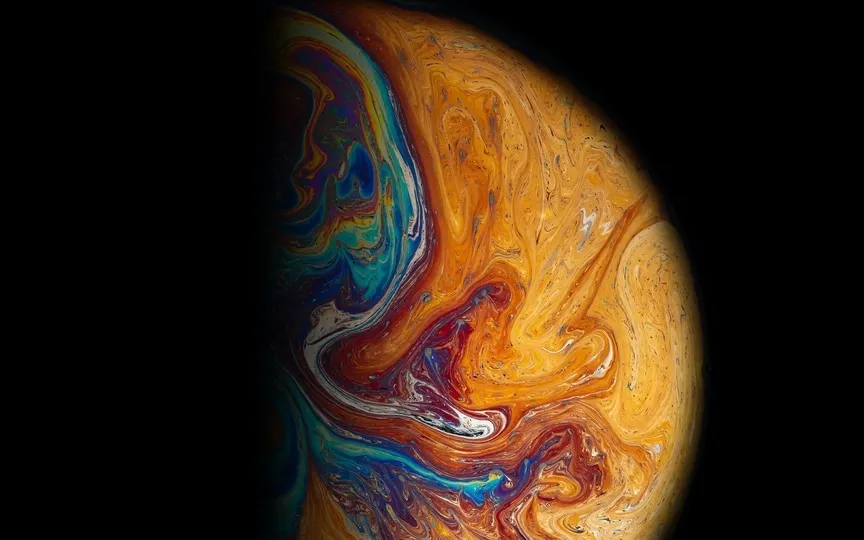Asteroid Reveals Possible Existence of 9th Planet in Solar System
Pluto, which is widely recognized as a dwarf planet, is a celestial object that revolves around the Sun. However, it is not classified as a planet due to its failure to meet one of the three criteria used by the International Astronomical Union (IAU) to categorize planets. Although Pluto satisfies most of the criteria, it falls short of being classified as a full-sized planet because it has not “cleared the neighborhood” around its orbit. The other two criteria are that it must be in orbit around the Sun and have enough mass to achieve hydrostatic equilibrium. As a result, there are now only eight planets in our solar system in the absence of Pluto.
However, the controversy over the ninth planet of our solar system has raged for years. The search for such a planet continues to this day! And now, the latest research suggests the very real possibility of a 9th planet in our solar system! No, not a dwarf planet like Pluto, but a super-Earth! Here’s what the research suggests.
What this 9th planet can look like
A report published in The Conversation discussed a hypothetical planet called Planet 9, which has a mass of 4-8 times the mass of Earth and is very far from the Sun, about 10 times the distance of Pluto or even more. This ninth planet is considered to be different from the existing planets in our solar system.
There are basically two classes of planets – terrestrial planets with a solid surface namely Mercury, Venus, Earth and Mars and on the other hand there are gas giants like Jupiter, Saturn, Uranus and Neptune. This Planet 9 would be somewhere between these two types and is characterized as a super earth.
Given that if it exists, it would be quite obscure and impossible to see and therefore would have to be assumed from other evidence. This is available in the form of asteroid CNEOS14.
Planet 9 and asteroid CNEOS14
A Harvard paper suggests that the 2014 asteroid CNEOS14 likely came from outside our solar system, possibly the first interstellar object ever discovered. It hit the ground while traveling at 60 km/s and landed in the Pacific Ocean. Interestingly, the report also suggests a connection between asteroid CNEOS14 and Planet 9.
Simulations of the asteroid’s trajectory revealed three unlikely statistical irregularities. According to the hypothesis, an unknown massive object, possibly Planet 9, may have moved CNEOS14 towards Earth. Researchers suggest that tracing the asteroid’s path could help locate Planet 9. According to the study, there is a 99.9% chance that the asteroid collided with an unknown planet in our solar system or that interstellar visitors are something scientists know nothing about.
As is clear, although the hypothesis meets the scientific criteria and the existence of planet 9, there is no concrete evidence of its existence. And the search continues.




